The world’s frozen giants are melting faster than predicted.
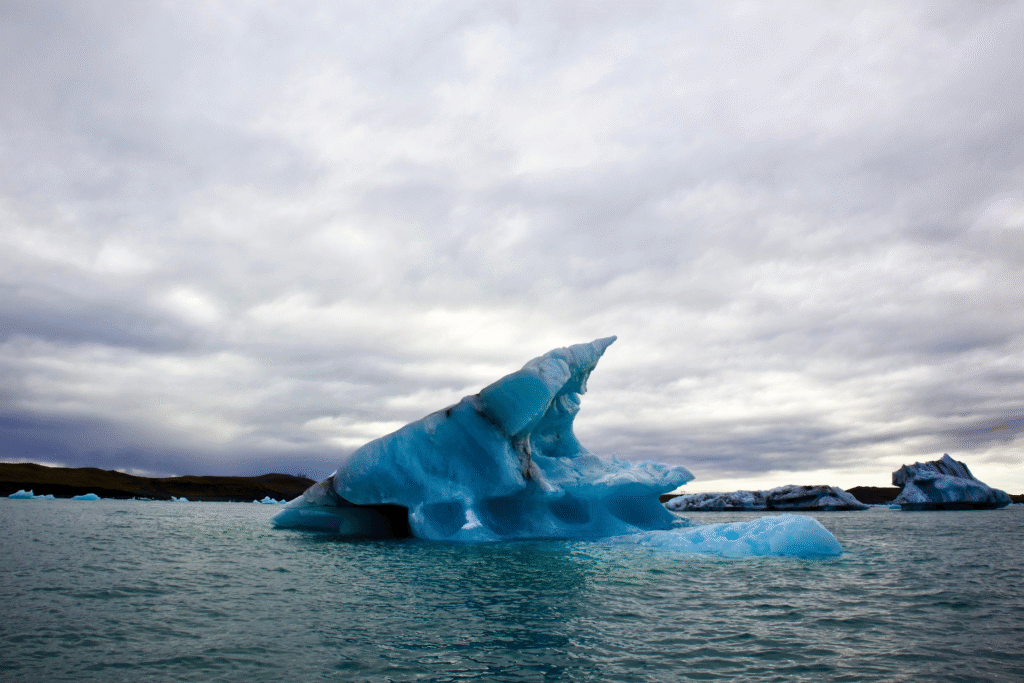
Across the planet, ancient ice is disappearing at a pace that even scientists find alarming. Glaciers, once steady and unshakable, are now shrinking so quickly that entire valleys, ecosystems, and communities are being forced to adapt in real time. The speed of this transformation is rewriting coastlines, altering rivers, and reshaping where and how millions of people live.
For those who rely on glaciers for water, power, and protection, the change is personal. From the Himalayas to the Andes, and from Alaska to the Alps, the loss of ice is no longer a future threat, it’s already rewriting the present.
1. The Himalayas are losing ice faster than any other range.
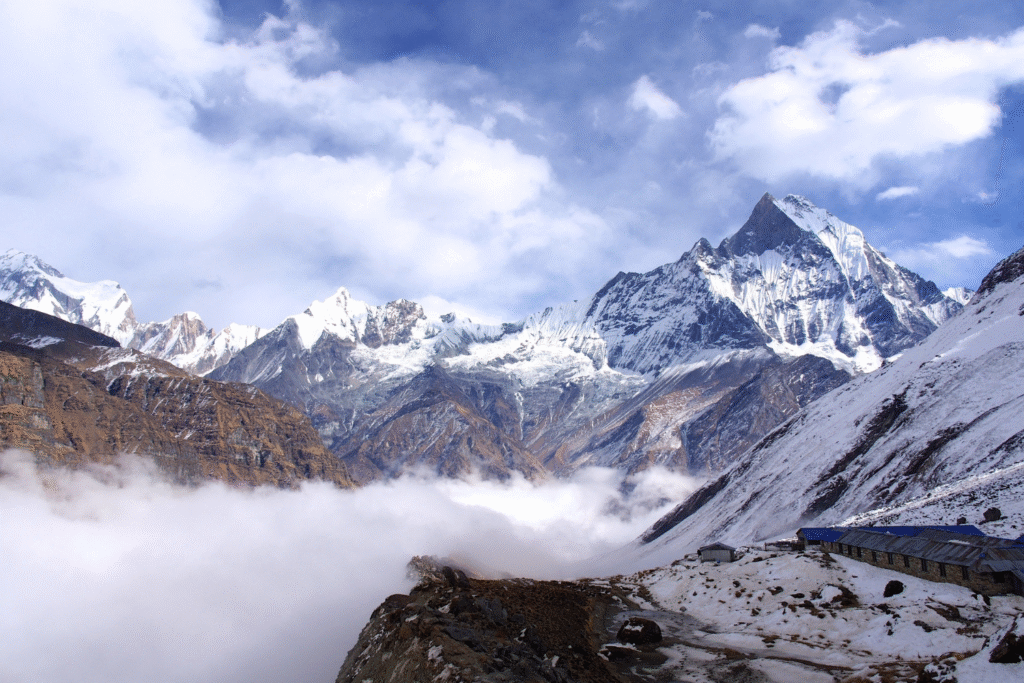
Few regions illustrate the crisis more clearly than the Himalayas, where glaciers are retreating at record-breaking rates and melting nearly twice as fast as they did two decades ago, according to the International Centre for Integrated Mountain Development. Ten major rivers, including the Ganges and the Yangtze, originate here, sustaining nearly two billion people across Asia. The rapid melt has turned a slow-moving geological process into a daily emergency.
Villagers now face a cruel rhythm of abundance and absence, flash floods one month, drought the next. The Himalayas once symbolized permanence, yet their peaks are transforming faster than the cultures built around them. The world’s highest mountains are quite literally unraveling from the top down.
2. Greenland’s ice sheet is melting four times faster than expected.
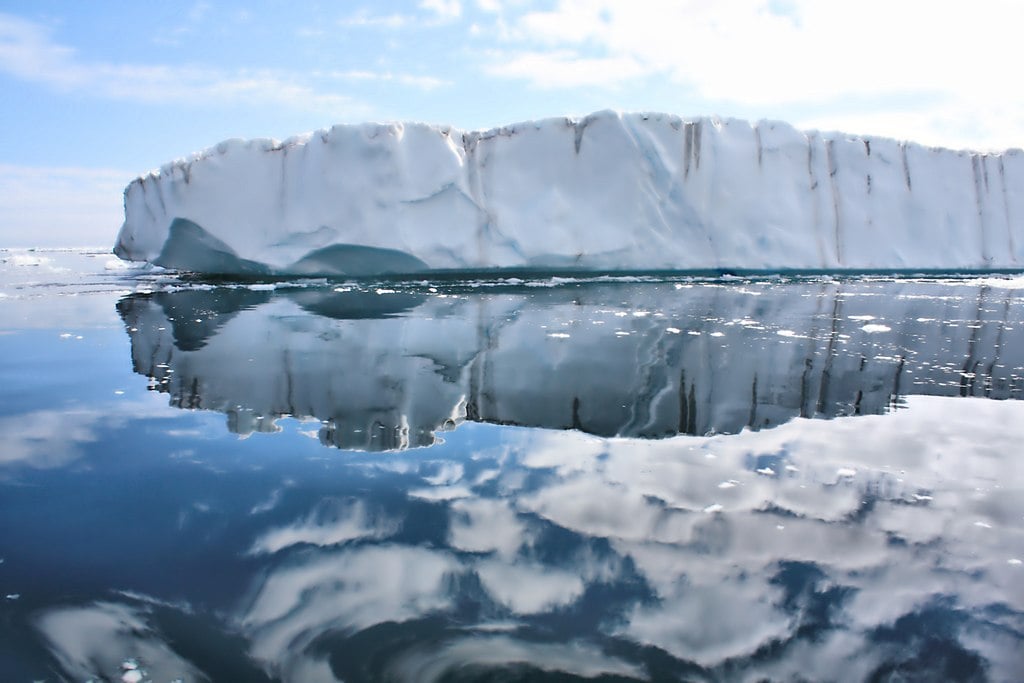
Over in the Arctic, Greenland’s vast ice sheet is losing mass at an unprecedented rate, as reported by NASA’s Jet Propulsion Laboratory. More than 270 billion tons of ice vanish into the ocean every year, contributing almost half a millimeter to global sea level rise annually. The island’s melt zones now stretch across areas that were once frozen solid year-round.
Each summer season arrives earlier, lingering longer, and carving deeper into the sheet. As fresh meltwater rushes into the Atlantic, it alters ocean circulation and destabilizes weather far beyond the Arctic. The speed of change is rewriting climate models faster than researchers can update them.
3. The Alps may lose nearly all their glaciers this century.
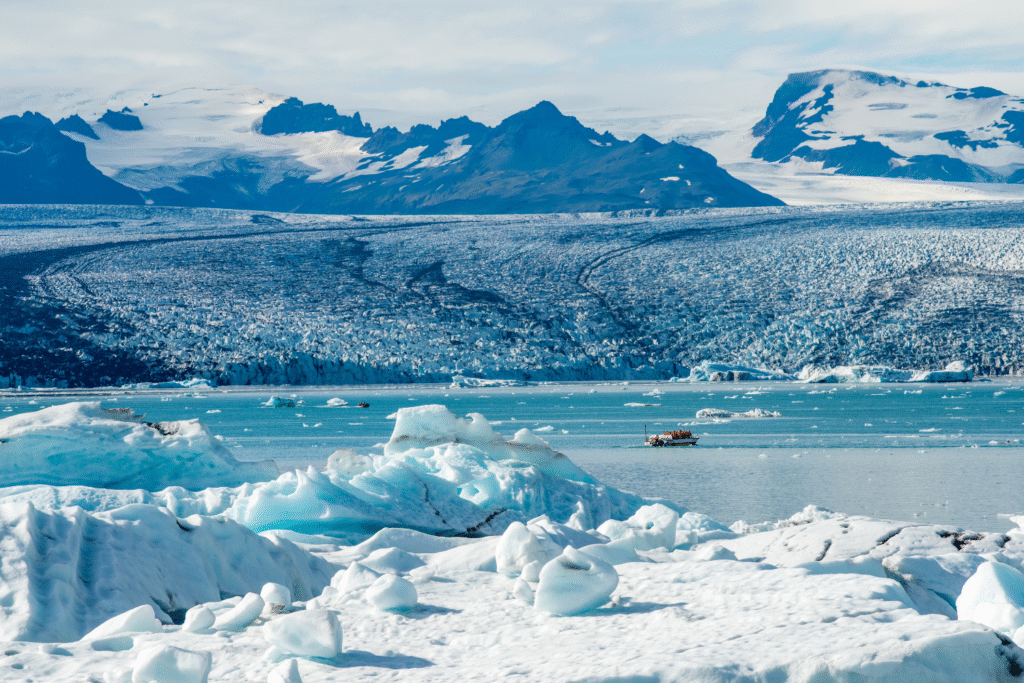
Across Europe, the once-glittering glaciers of the Alps are vanishing before people’s eyes. The European Space Agency found that ten percent of their total ice volume disappeared between 2022 and 2024, an almost unimaginable loss in so short a time. Scientists now warn that most Alpine glaciers could vanish completely by the end of this century.
For mountain communities, the change is reshaping everything from tourism to tradition. Ski resorts depend on artificial snow, rivers run shallower, and valleys once defined by ice now echo with rockfalls. The Alps that framed Europe’s identity for centuries are retreating into photographs and memory.
4. Alaska’s glaciers are melting from beneath as well as above.
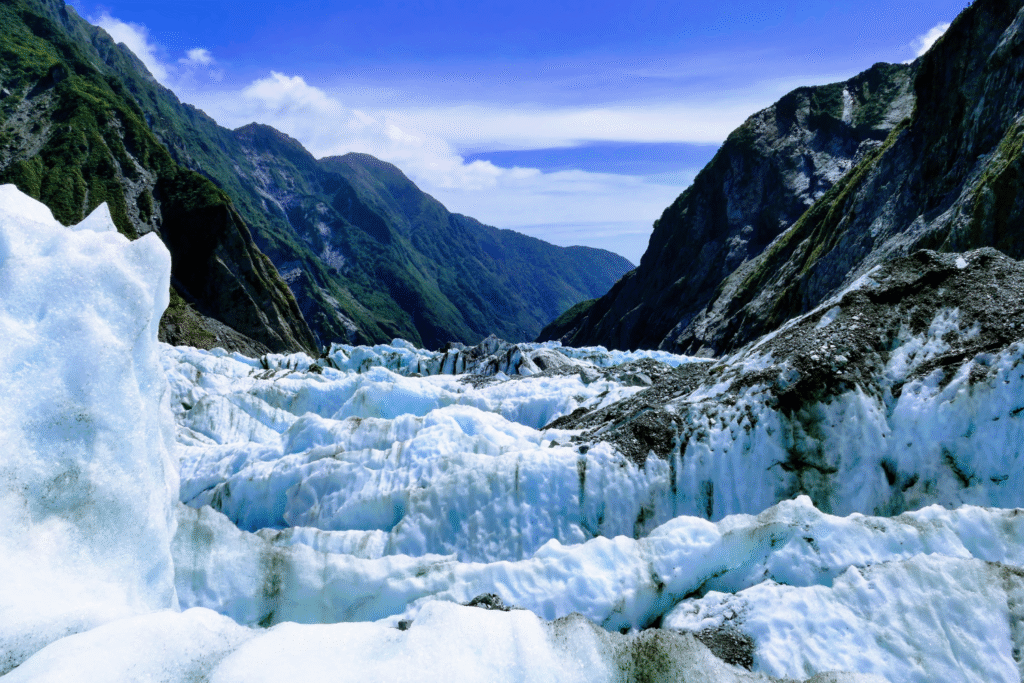
Nowhere is the melt more deceptive than in Alaska, where the ice is thinning from the inside out. Scientists have discovered that glaciers here are being eroded not only by sunlight but by geothermal heat and warm ocean currents beneath the surface. The Columbia Glacier alone has retreated over twelve miles since the 1980s, transforming landscapes once thought immovable.
The under-ice melting accelerates collapse in ways invisible to the eye. Fjords deepen, ice walls crumble, and new inlets form seemingly overnight. What looks like stillness from above hides a planet in motion, slowly redrawing the contours of Alaska’s rugged coast.
5. South America’s glaciers are disappearing along with drinking water.
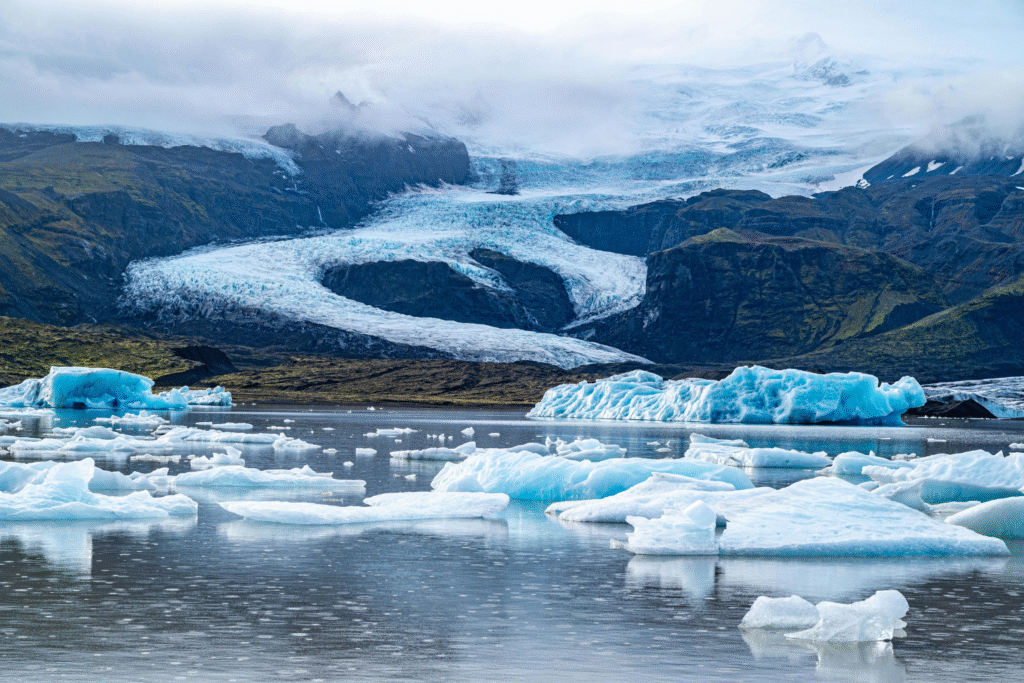
Farther south, the Andes’ tropical glaciers, critical lifelines for millions, are shrinking so quickly that communities in Peru, Bolivia, and Chile are running out of water. These glaciers feed rivers, power hydroelectric plants, and sustain crops across arid plateaus. Their retreat threatens not just ecosystems but entire national economies built on predictable meltwater flow.
Life in the high Andes has become an uneasy gamble. Rivers overflow when melt accelerates, then dry up months later as ice reserves vanish. Farmers, miners, and city planners now battle over dwindling supplies that once flowed freely from mountain snowcaps. The Andes are drying from the top down.
6. Antarctica’s melting is destabilizing global ocean circulation.
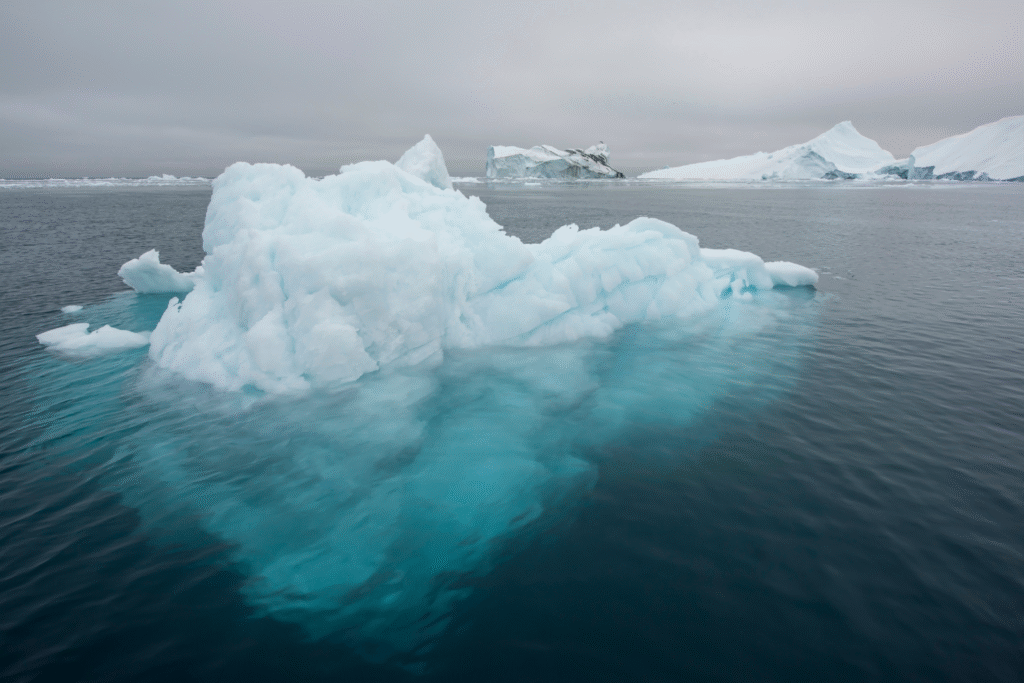
At the southern edge of the world, Antarctica’s massive ice shelves are breaking apart at a pace that is stunning researchers. The Thwaites Glacier, ominously nicknamed the “Doomsday Glacier,” could raise sea levels by more than two feet if it collapses. Its meltwater also risks disturbing the global ocean conveyor belt that distributes heat and nutrients across the planet.
Such disruption would trigger consequences far beyond the poles,tropical storms could intensify, rainfall patterns could shift, and global food systems could destabilize. Antarctica may seem distant, but its fractures are felt in every hemisphere, rippling through weather, agriculture, and even migration.
7. Glacier melt is uncovering ancient secrets and new dangers.
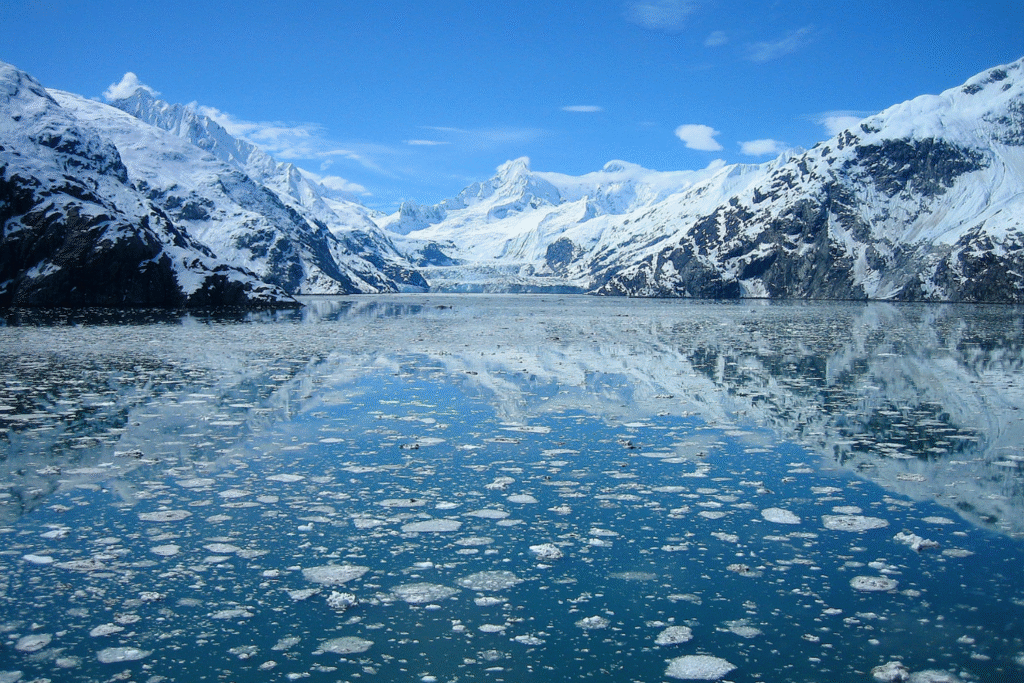
As the ice retreats, it leaves behind astonishing relics and unexpected hazards. Archeologists in Norway have found Viking-era tools emerging from melt zones, while scientists in Siberia are unearthing long-buried forests and animal remains. The ice has become both a museum and a warning, revealing what time once kept hidden.
Yet not everything thawing is harmless. Melting glaciers can release industrial toxins, dormant viruses, and methane trapped for thousands of years. Each discovery tells a story of life and decay preserved by cold. The more we learn, the more unsettling it becomes to realize what might still be locked beneath.
8. Glacial lakes are growing and bursting without warning.
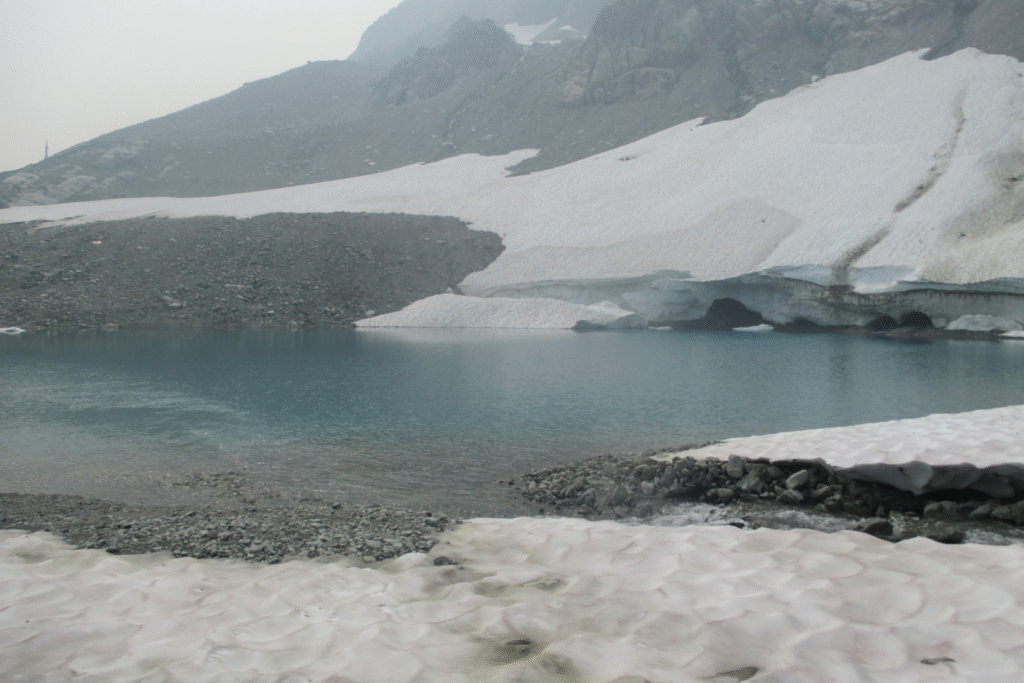
The disappearance of ice often leaves behind vast meltwater lakes that look peaceful but are dangerously unstable. These new bodies of water, trapped by loose debris and thin ice, can burst at any moment. In Nepal and Bhutan, glacial lake outburst floods have wiped out entire villages in minutes, erasing years of progress and leaving destruction miles downstream.
Scientists use satellites to monitor these lakes, but prediction remains guesswork. A single warm day or minor quake can trigger collapse. For the mountain communities below, survival now depends on intuition and luck, not just technology or science.
9. Entire species are running out of places to go.
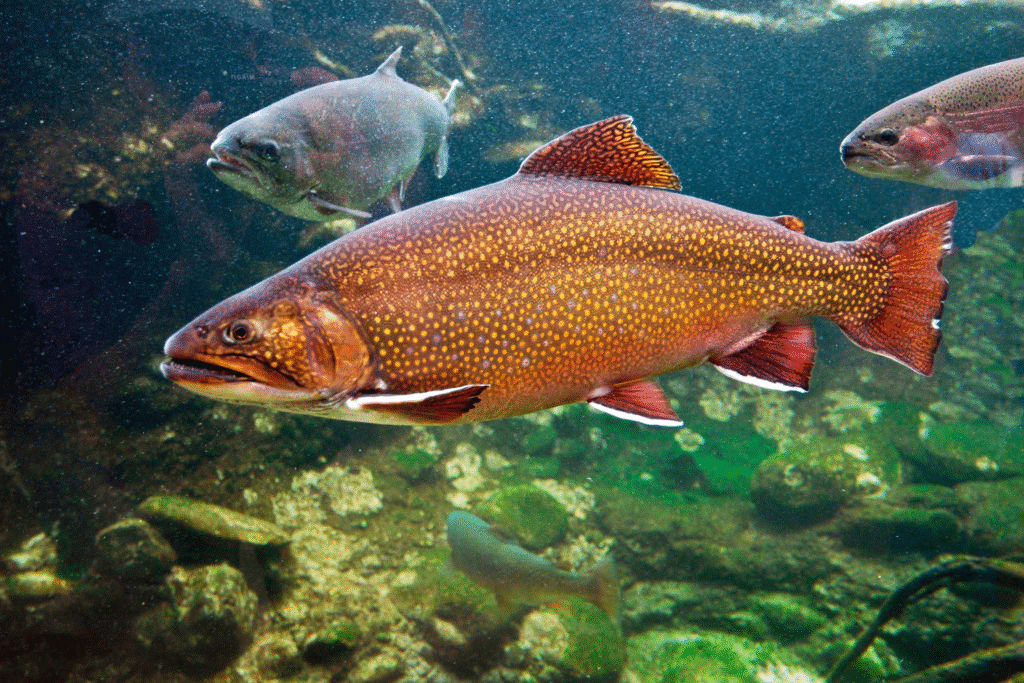
The ripple effects reach deep into the natural world. Cold-water species like salmon, trout, and glacier midges are vanishing from once-thriving streams as temperatures climb. In Asia, snow leopards are being forced into shrinking territories, while alpine birds and insects are migrating higher each year with nowhere left to climb.
Once those habitats vanish, extinction often follows quietly. Entire ecosystems built on stability are crumbling. The world is watching biodiversity unravel from the peaks downward, a reminder that when glaciers go, everything that depends on them goes too.
10. The world’s last stable glaciers are now showing cracks.
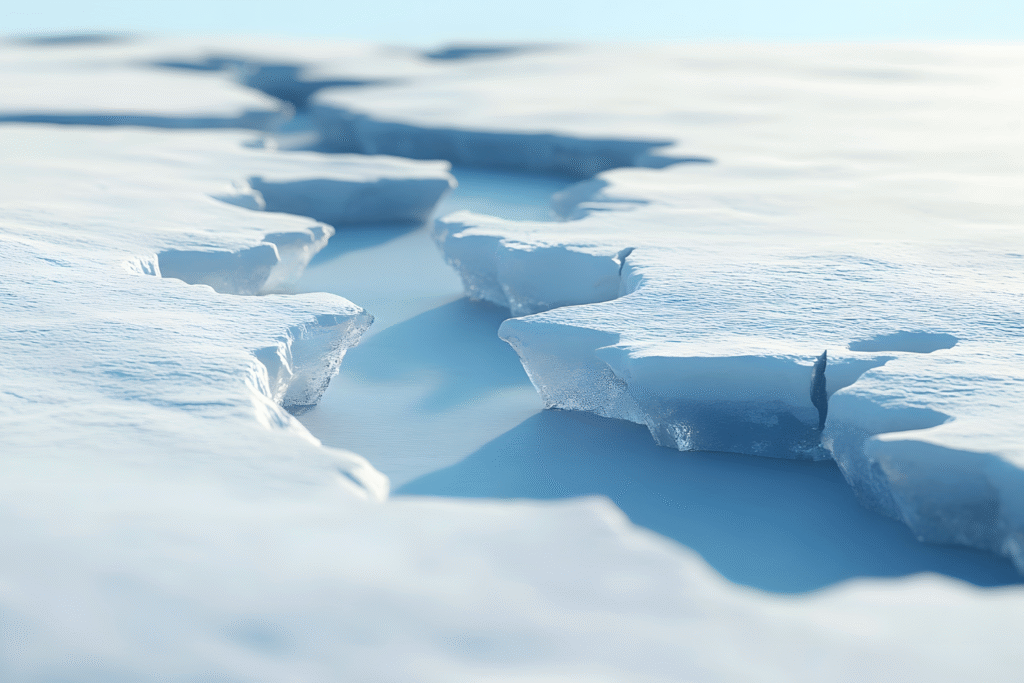
Even the supposedly “safe” ice of East Antarctica is beginning to fracture. Recent satellite data shows cracks spreading across shelves once thought too thick to fail. Scientists warn that these early signs mirror what preceded collapses elsewhere, and if they spread, sea levels could rise far sooner than predicted.
The myth of stability is evaporating as fast as the ice itself. No glacier is immune anymore. What we once assumed permanent is fading into fragility. Each new fracture in the world’s frozen surface feels like another second ticked off a clock that we can’t stop but desperately need to slow.
